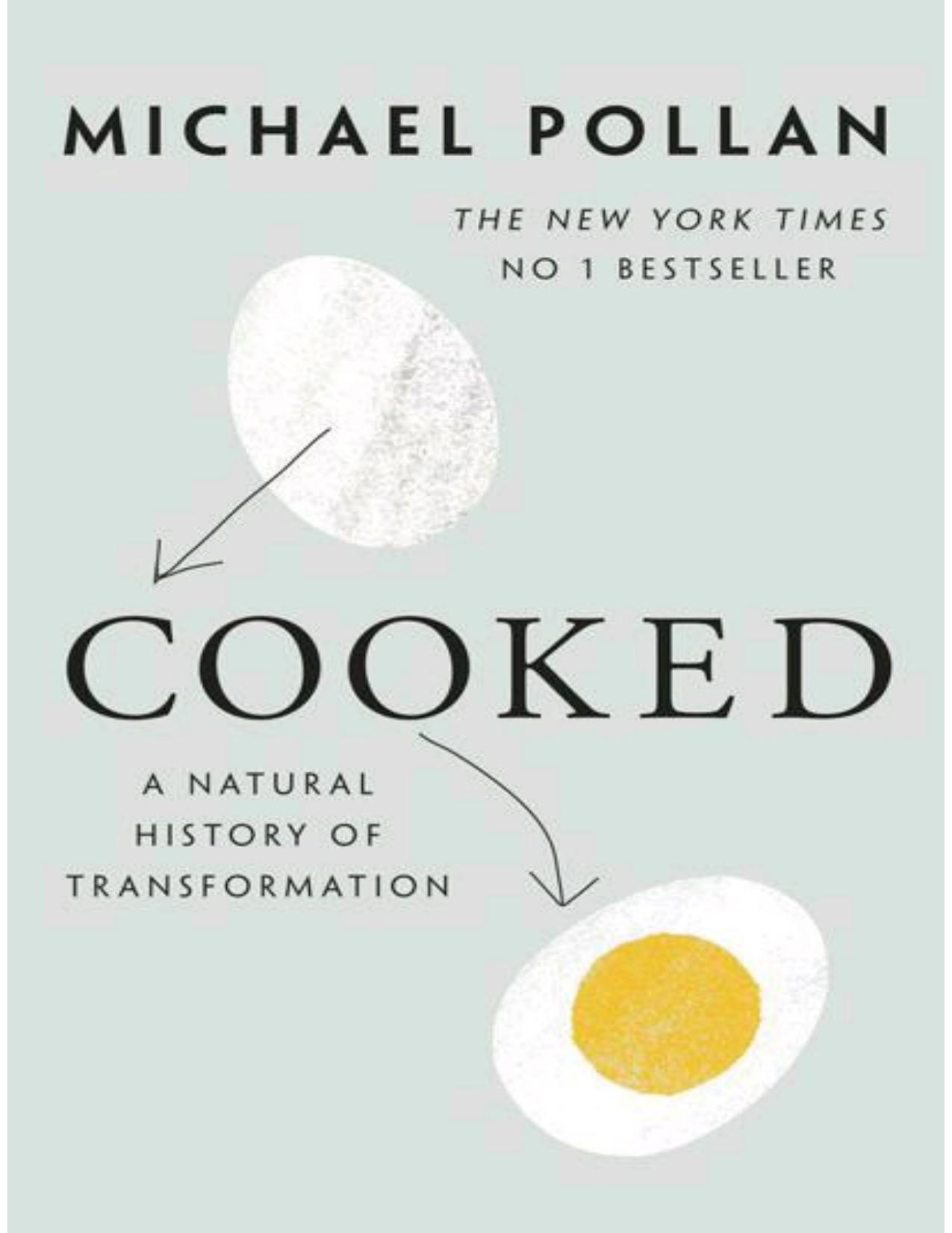Cooked: A Natural History of Transformation by Michael Pollan

Author:Michael Pollan [Pollan, Michael]
Language: eng
Format: epub, azw3, mobi, pdf
Tags: Nutrition, Medical
ISBN: 9780141975634
Google: be2XOQ2sB_EC
Amazon: 1594204217
Publisher: Penguin UK
Published: 2013-04-22T23:00:00+00:00
The first few chapters of Chad’s bread autobiography had taken up the entire lunch. Afterward, we strolled back to the bakery to shape loaves. We had mixed the dough before noon, one big batch in a Bongard mixer that can hold and, by rotating its giant steel screw, slowly knead 350 pounds of willful dough at a time. That morning I had helped Chad’s young assistant bakers, Lori Oyamada and Nathan Yanko, empty fifty-pound bags of flour into the mixer. Both bakers were a few years older than Chad had been when he worked for Richard Bourdon, and both, it seemed to me, shared certain attributes with Chad. They looked more like athletes than bakers, with muscled arms (elaborately tattooed, in the case of Nate and Chad) and bodies sleek as cats.
I quickly came to understand exactly how Lori and Nate developed such well-muscled arms. After the dough was mixed and given some time to rest in the Bongard’s big stainless-steel bowl, it had to be lifted out, an armful of dough at a time, and transferred to the five-gallon buckets in which it would ferment. This involved rolling up your sleeves, wetting your hands and forearms, and then plunging them deep into the pool of warm dough. By now the gluten was sufficiently well developed to form gigantic, muscular sinews that would stretch but not break no matter how hard you pulled them; after losing a tug of war with one of them, I was forced to conclude that gluten is considerably stronger than I am. Lori showed me how to pinch off a manageable length by squeezing my fist closed way down at the bottom of the bowl. That made it possible to lift out a thick, ropy length of the dough, thirty or forty pounds of the stuff per armful, minus the pound or so that adamantly clung to the hairs on my arms. It took two or three armloads to fill a bucket.
The bulk fermentation was complete by the time Chad and I returned from lunch, so, while Chad picked up the thread of his country loaf’s biography, we got to work turning the bubbling white pools of dough out onto the butcher-block counter for cutting and shaping. Using a dough scraper, Chad cut two-pound chunks from the mass, weighed them on an old-time balance scale, and then deftly rotated them with both hands against the floured wood surface until they tightened into nice rounds. To keep them from getting chilled, he gently pressed each shaped round against its neighbor, eventually forming a rolling landscape of powdery white buttocks.
It was during the years in Point Reyes that Chad perfected his country loaf, the flavor first, and then the structure. He took from Richard Bourdon the idea of a very wet dough, but he left behind, at least for the time being, Richard’s devotion to whole-grain flours and to nutrition as the baker’s foremost concern. Compared with Richard (or for that matter Dave Miller), Chad was very much the aesthete, chasing after flavor and beauty rather than nourishment and health.
Download
Cooked: A Natural History of Transformation by Michael Pollan.azw3
Cooked: A Natural History of Transformation by Michael Pollan.mobi
Cooked: A Natural History of Transformation by Michael Pollan.pdf
This site does not store any files on its server. We only index and link to content provided by other sites. Please contact the content providers to delete copyright contents if any and email us, we'll remove relevant links or contents immediately.
Craft Beer for the Homebrewer by Michael Agnew(18140)
Marijuana Grower's Handbook by Ed Rosenthal(3619)
Barkskins by Annie Proulx(3310)
Project Animal Farm: An Accidental Journey into the Secret World of Farming and the Truth About Our Food by Sonia Faruqi(3177)
The Plant Messiah by Carlos Magdalena(2881)
Red Famine: Stalin's War on Ukraine by Anne Applebaum(2873)
0041152001443424520 .pdf by Unknown(2784)
Organic Mushroom Farming and Mycoremediation by Tradd Cotter(2626)
In the Woods by Tana French(2532)
Beer is proof God loves us by Charles W. Bamforth(2370)
7-14 Days by Noah Waters(2361)
Reservoir 13 by Jon McGregor(2241)
Borders by unknow(2227)
Meathooked by Marta Zaraska(2220)
The Art of Making Gelato by Morgan Morano(2216)
Birds, Beasts and Relatives by Gerald Durrell(2175)
Between Two Fires by Christopher Buehlman(2163)
The 7 Habits of Highly Effective People: Powerful Lessons in Personal Change (25th Anniversary Edition) by Covey Stephen R(2139)
The Lean Farm Guide to Growing Vegetables: More In-Depth Lean Techniques for Efficient Organic Production by Ben Hartman(2096)
